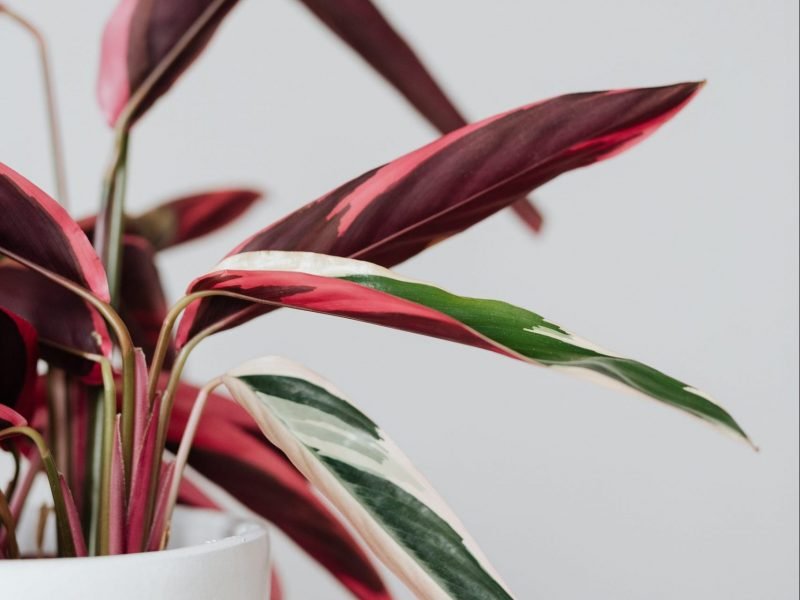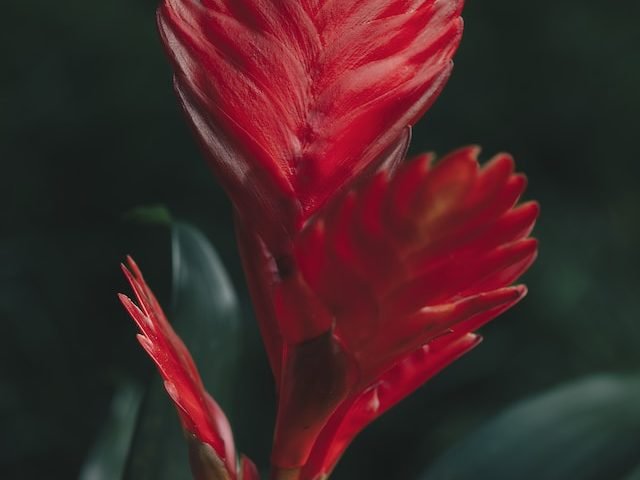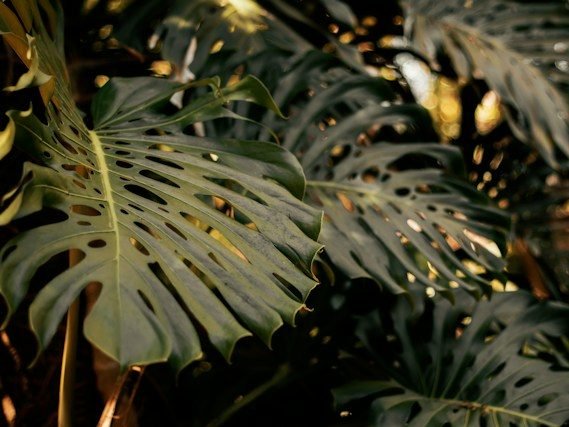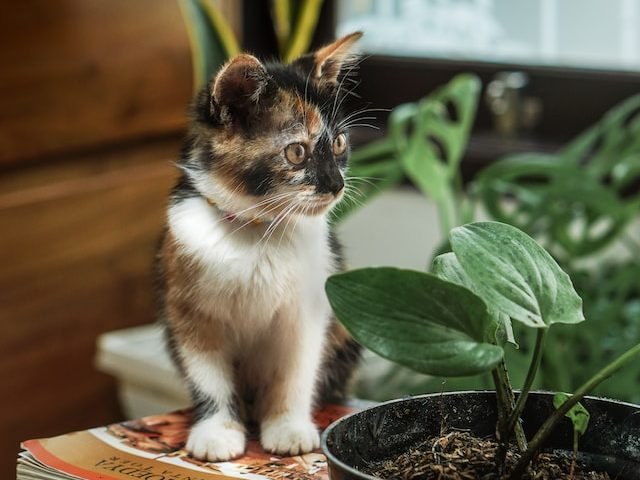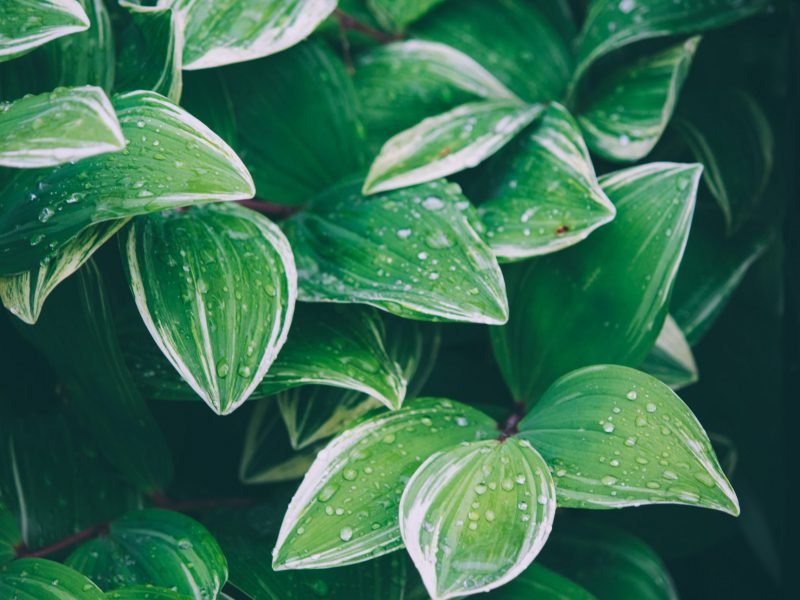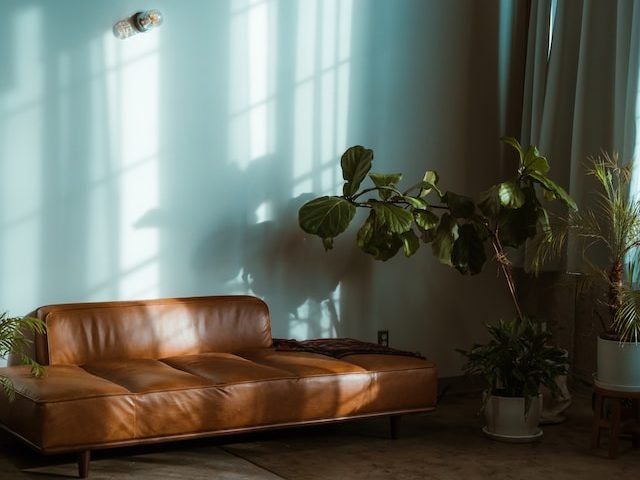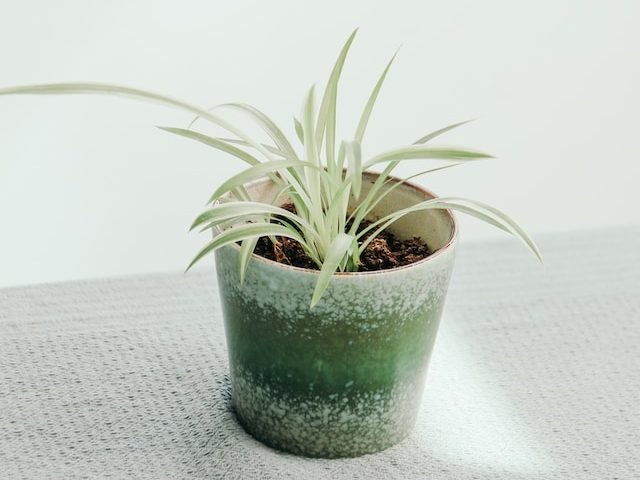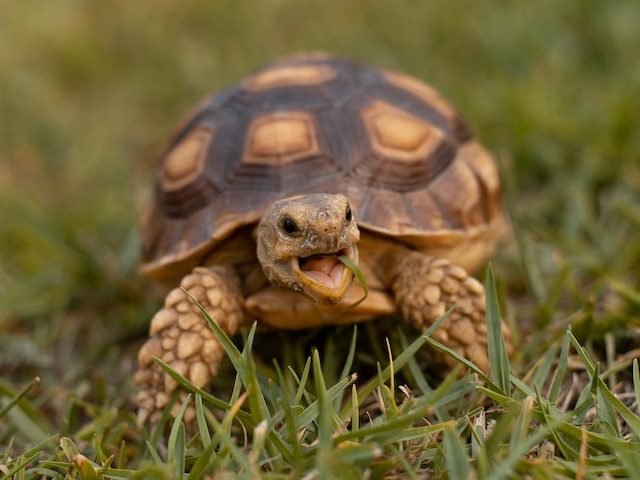
Loved for their luscious dark green and white veined leaves, these plants can be a little fussy if things aren’t exactly how they like it. This can result in your plant beginning to droop down as a sign of unhappiness. There are a few different factors that can cause a drooping Zebra Plant, so it’s important to go through each possible issue one by one to see what fits your plant best.
Below we will go over all of the main causes of a drooping Zebra Plant as well as how to effectively treat the issue and prevent it from causing any more damage to your plant in future.
Underwatering is the most common cause of a droopy Zebra Plant
Consistent underwatering can lead to a variety of serious issues if not solved in time, but even just the occasional underwatering can result in drooping leaves. Alongside a drooping plant, it can lead to crispy leaves, brown spots or patches and leaf drop if the issue progresses for a long time.
Before you start watering your Zebra Plant more deeply or frequently, we recommend taking your plant out of the pot and seeing how dry the potting mix feels. You want to be sure that the issue is being caused by a consistent lack of moisture before you change anything about your care routine.
The best way to bring your underwatered Zebra Plant back to full health is to water your Zebra Plant plant a little bit once a day for a week. Drowning it in water may cause it to become shocked and stressed which can cause further issues beyond the initial droopy leaves.
After a week you want to go back to a more normal care routine, making sure to not forget to water and adjust your schedule if necessary. A moisture meter will be super useful to have if you don’t already as it will tell you how moist the soil is and allow you to establish a good watering routine.
A droopy Zebra Plant can also indicate overwatering
Similarly to underwatering, too much water can actually also make your Zebra Plant’s leaves droop down and it can be a much more worrying issue. This is because waterlogged soil can very quickly rot the roots which is one of the biggest plant killers. You want to make sure that the potting mix has fully dried out before watering again to avoid root rot.
How do I know if overwatering is the cause of the drooping leaves?
Luckily, a lot of the signs for overwatering are quite different to underwatering so you just need to know what to look out for to properly diagnose the issue.
Leaves are soft and mushy
If you notice that the leaves on your Zebra Plant are soft and mushy, as well as droopy, then overwatering is the most probable cause.
There are dark patches on the leaves
Underwatering will cause the leaves to turn quite light brown and crispy in colour, whereas overwatering causes dark brown soft patches across the leaves.
The potting mix is waterlogged
If you notice the potting mix is soggy and clumpy, overwatering is probably the cause of your Zebra Plant’s drooping leaves.
The potting mix will smell
If you suspect overwatering, we recommend getting up close to your plant and smelling the soil. Waterlogged soil gives off an unpleasant musty and damp smell.
How do I fix an overwatered Zebra Plant?
If overwatering is definitely the cause of your Zebra Plant’s drooping leaves, then you must act quickly to prevent any more damage. Take your Zebra Plant out of its pot and replace any waterlogged soil. You also want to use this opportunity to trim away any rotten roots.
Going forward, make sure to only water your Zebra Plant when the potting mix has fully dried out. This will help avoid the problem recurring and help keep your plant happy, healthy and not drooping!
You may also want to use a self-watering pot to make sure that your plant only gets the water it needs. They help to avoid both under and overwatering and are definitely worth it to stop your drooping Zebra Plant leaves turn into something more serious.
Low temperatures are another cause of a drooping Zebra Plant
If you have inspected the potting mix of your Zebra Plant, and analysed your watering schedule and just can’t be sure that watering issues is the cause of the drooping leaves, then it may be cold temperatures that are to blame.
Zebra Plants thrive in warm temperatures and they’ll struggle in homes with cold drafts. You may not notice the cold air coming through cracks in doors and windows but if your Zebra Plant is right next to them then the constant stream of cold air from outside can really shock and damage the plant. You also want to watch out for air conditioning vents in summer as these can also be pretty damaging to your plant.
If your Zebra Plant is living in a cool room, it’s also more at risk from overwatering and root rot. Your plant won’t need as much water as the soil will take a lot longer to dry out. This is the perfect mix for problems such as root rot to occur which is why you should be extra cautious when it comes to caring for your plants in winter or in cooler areas of your home.
Those are the most common reasons why Zebra Plants can start drooping. The key to successfully treating the issue quickly is by catching it early. This is why we recommend checking over your plants at regular intervals so you can spot any early warning signs that something might be wrong. Once you’ve diagnosed the issue and started treating it, keep a close eye on your Zebra Plant to ensure things are moving in the right direction and it is slowly stopping drooping.
Check out our Zebra Plant care guide for more tips and tricks to keep your plant happy and thriving!




